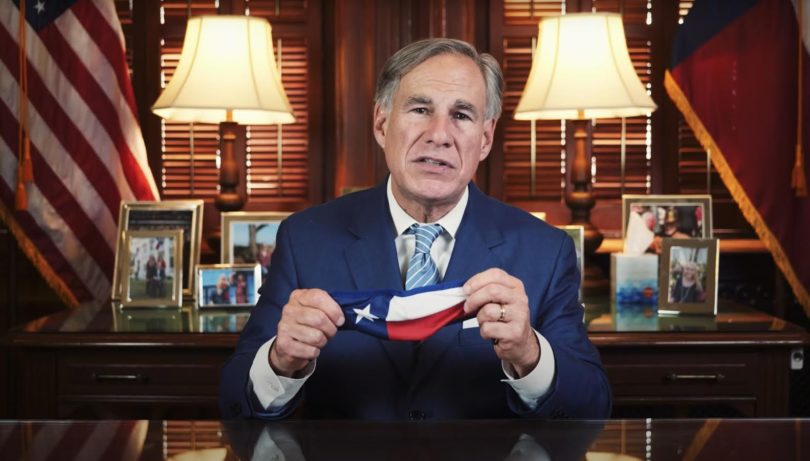May Employers Mandate COVID-19 Vaccinations?

This year has been a year to forget for many, but the Food and Drug Administration (“FDA”) has brought us a gift just in time for the holidays. On December 11, 2020, the FDA authorized the emergency use of Pfizer-BioNTech COVID‑19 Vaccine. Shipments are expected to begin immediately, and the Centers for Disease Control (“CDC”) has recommended health care workers and long-term care facility residents receive the first doses. It is expected that by the end of 2020, there will be enough vaccines available to inoculate 20 million people.
As Ralph Waldo Emerson famously said, “the first wealth is health,” and consequently, the COVID-19 pandemic is not just a health crisis, but an economic one too. Social distancing restrictions, implemented to stop the spread of a highly contagious, airborne virus, have caused a global recession, and many businesses will not recover. However, for those businesses that have managed to stay afloat, they may be wondering: Can I require my employees to get the COVID-19 vaccine?
The Americans with Disabilities Act (“ADA”) prohibits disability-related inquiries or medical examinations unless they are job-related and consistent with business necessity. If an individual will pose a direct threat to the health or safety of the others, despite a reasonable accommodation, then the ADA protections do not apply. The Equal Employment Opportunity Commission (“EEOC”) has stated that COVID-19 poses a direct threat to the workplace. While the EEOC has not yet weighed in on mandatory vaccine policies, the short answer is that it is likely permissible to mandate that most employees receive the vaccine.
During the swine flu pandemic, the Occupational Safety and Health Administration (“OSHA”) administered an opinion in 2009 finding that an employer may require an employee take the seasonal flu and H1N1 vaccine. However, OSHA warned that an employee who either has a sincerely held religious belief or a medical condition that creates a real danger of serious illness or death may refuse the vaccine. If an employee requests an exemption, employers should tread cautiously; while a general moral or medical objection is not sufficient grounds warranting an accommodation, employers should be careful not to overstep when verifying that an employee qualifies for an accommodation under the ADA or Title VII.
Confidence in this new vaccine is on shaky ground, with a recent study by the Pew Research Center indicating that about 39% of Americans would probably not get the COVID-19 vaccine if one were immediately available. Employers should consider that if they implement a mandatory vaccine policy and an employee suffers an adverse reaction, that employee would likely have legal recourse by filing a workers’ compensation claim against the employer. Of course, because of the polarizing and personal nature of this topic, the employer may prefer to use the carrot rather than the stick approach by incentivizing employees to get vaccinated rather than mandating it. One option to motivate compliance is to reduce the required personal protective equipment or permit more social activities of those who have opted for vaccination.
Employers are encouraged to continue monitoring the CDC and EEOC for new recommendations and regulations that may impact their business. Stibbs & Co., P.C. has experienced labor & employment attorneys who can provide guidance on these emerging legal issues.
These materials are made available by Stibbs & Co., P.C. for informational purposes only, do not constitute legal or tax advice, and are not a substitute for legal advice from qualified counsel. The laws of other states and nations may be entirely different from what is described. Your use of these materials does not create an attorney-client relationship between you and Stibbs & Co., P.C. The facts and results of each case will vary, and no particular result can be guaranteed. The facts and results of each case will vary, and no particular result can be guaranteed. Employers should consult their tax advisors concerning the application of tax laws to their particular situation.
Employers are also encouraged to seek legal counsel prior to taking actions to avoid violations of federal or state employment laws including, but not limited to, Title VII of the Civil Rights Act of 1964.

























